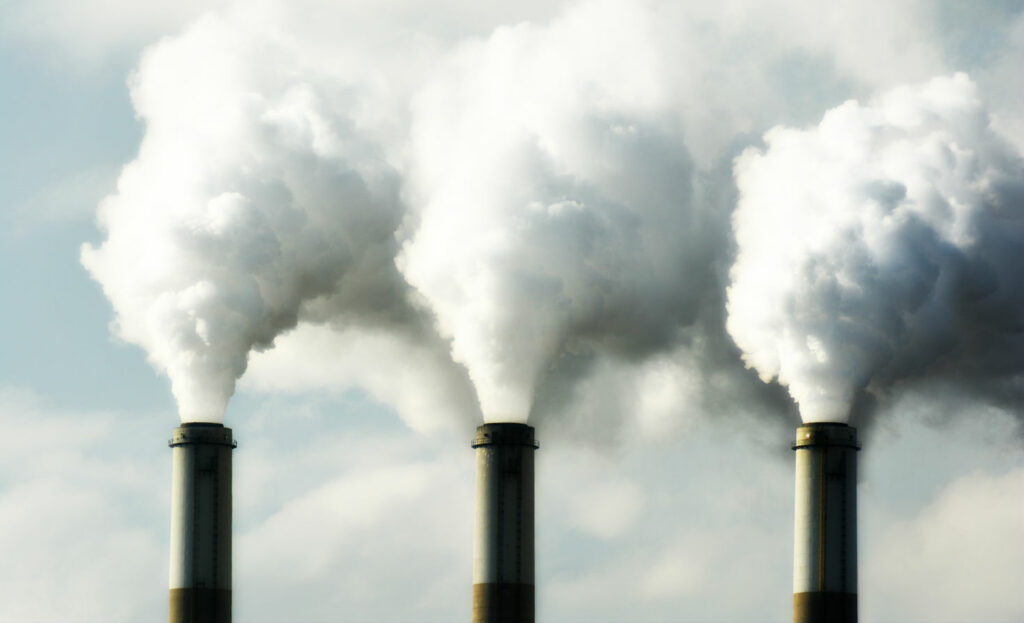From CO2Science: Wondering if disturbed reefs can recover their growth potential and how rapidly it can occur, Perry et al. (2015) addressed these questions by measuring the carbonate budgets of 28 reefs scattered across the Chagos Archipelago of the Indian Ocean, which is geographically remote and largely isolated from compounding human impacts, but which nevertheless experienced severe coral mortality during the infamous 1998 warming event. And what did they thereby learn?
Paper reviewed: Perry, C.T., Murphy, G.N., Graham, N.A.J., Wilson, S.K., Januchowski-Hartley, F.A. and East, H.K. 2015. Remote coral reefs can sustain high growth potential and may match future sea-level trends. Scientific Reports 5:10.1038/srep18289.
The six scientists report that coral communities on most of the studied reefs recovered rapidly, with carbonate budgets in 2015 averaging +3.7 kg CaCO3 per m2 per year. They also note that production rates on Acropora-dominated reefs -- which were the ones most severely impacted in 1998 -- averaged +8.4 kg CaCO3 per m2 per year in 2015. And they drive home the significance of these results by saying they are “comparable with estimates under pre-human (Holocene) disturbance conditions.”
Perry et al. thus go on to note that these positive CaCO3 budgets “are reflected in high reef growth rates (4.2 mm per year) on Acropora-dominated reefs,” which fact suggests that these remote reefs possess the capacity to grow at rates exceeding measured regional mid-to-late Holocene and 20th century sea-level rise, as well as IPCC sea-level projections for the year 2100, which is extremely good news for Earth’s coral reefs and the many aquatic lifeforms they help to sustain.


